Sound design in film plays a crucial role in setting the mood and tone of a scene, as well as enhancing the visual experience and creating a sense of space and environment. The sounds we hear in a film can help to transport us to another world, immerse us in a particular time period, and create an emotional response that is just as powerful as the visuals on screen.
By paying close attention to sound design, filmmakers can take their audience on a truly immersive journey and create a cinematic experience that stays with them long after the credits have rolled.
Often, starting filmmakers struggle to fund their dream projects. If you’re looking to fund your film, make sure you check out our funding contests – you could win up to $10,000!
The difference great sound makes
When we think of great films, we often focus on the visuals and the performances of the actors, but one of the most important aspects of a truly immersive cinematic experience is in the acoustics.
Sound design in film is the art of creating and manipulating sounds to support the visual elements of a movie and enhance the overall story. It’s a complex and multi-layered process that requires a deep understanding of sound and its impact on the audience.
How does sound affect a film?
Sound design in film is a crucial element in creating a rich and immersive cinematic experience.
Setting the Mood and Tone
One of the primary roles of sound design in film is to set the mood and tone of a scene. For example, the sound of rain falling on a tin roof can create a melancholic mood, while the sound of a ticking clock can create a sense of urgency. If you want to learn about tone in film, don’t miss our blog on finding your unique tone.
Enhancing the Visual Experience
Sound design can also be used to enhance the visual experience. For instance, the sound of traffic can immerse the audience in the middle of a bustling city that is visualized in the film. On the other hand, the sound of birds chirping can make them feel like they’re in the peaceful countryside they see on screen. By paying attention to the soundscape of a scene, filmmakers can create a more captivating experience that helps the audience suspend their disbelief.
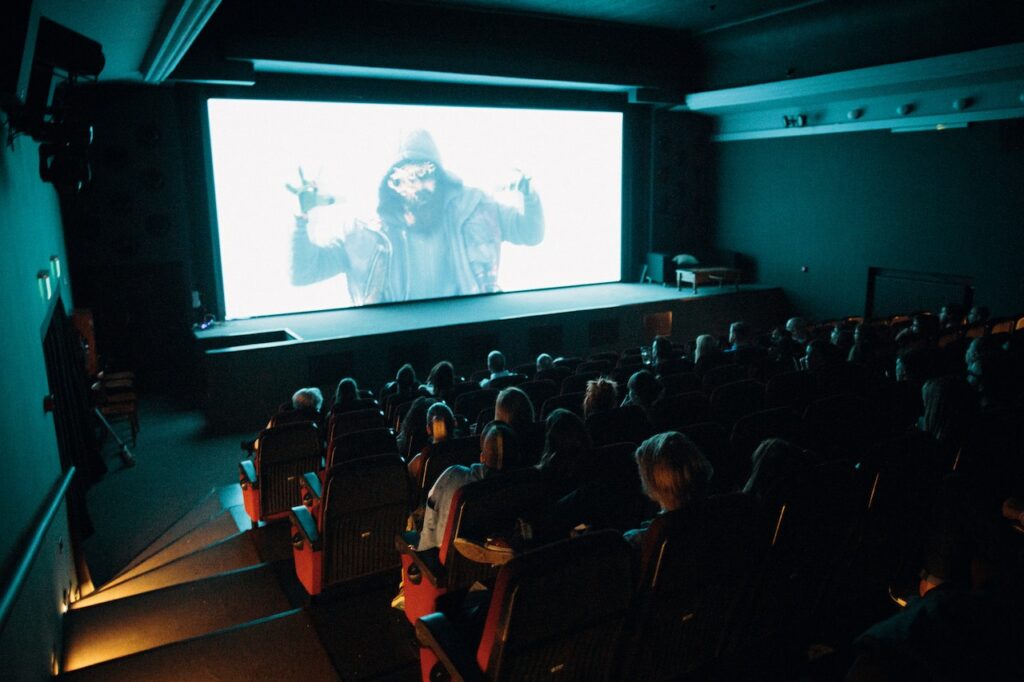
Supporting the Narrative
Finally, sound design in film can support the narrative and characters by providing context and emotional depth. For example, the sound of a character’s heartbeat can heighten tension and fear, while the sound of a baby crying can create a sense of vulnerability and helplessness.
Sound design in film plays a critical role in creating a cinematic experience that is both immersive and emotionally resonant. By using sound to set the mood and tone, enhance the visual experience, and support the narrative and characters, filmmakers can take their audience on a journey that is truly unforgettable.
If you’re interested in learning the techniques for mastering sound in your own film, you should check out our guide.
Techniques Used in Sound Design in Film
Sound design in film involves a variety of techniques that are used to create a soundscape that supports the narrative and enhances the visual experience. Some of the most common techniques used in sound design include:
Foley
Foley is the process of recording everyday sound effects that are synchronized with the actions on screen. This can include footsteps, clothing rustling, or the sound of a door opening or closing. A lot of the time these everyday sounds are used to simulate something totally different. For example, recordings of audio designers stepping on bags of cornflour has been used to replicate the crunch of walking on snow.
ADR
ADR, or automated dialogue replacement, is the process of re-recording dialogue in a studio and then synchronizing it with the visual elements of a scene. This is often used when the original dialogue is muffled or unusable due to background noise or other issues. Several voice actors have made a career off of impersonating more famous actors while doing ADR.
Music
Music, like in most cases, is often used in film to create a mood or emotion, and can range from orchestral scores to contemporary pop music. The right piece of music can enhance the emotional impact of a scene and help to tell the story.
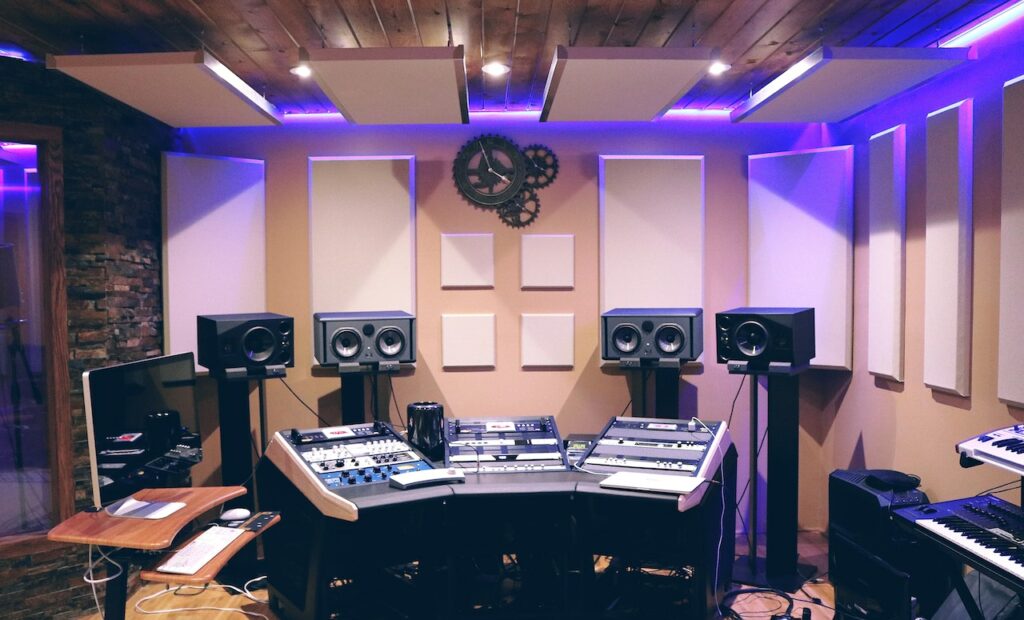
Mixing
Mixing is the process of combining all of the different elements of the sound design, including dialogue, sound effects, and music, into a cohesive whole. This requires a deep understanding of the different elements and how they interact with each other.
By using these techniques and others, sound designers can create a soundscape that is both realistic and emotionally impactful, and that enhances the overall cinematic experience.
Sound Design in Film Examples
There have been many films that have utilized sound design to great effect, creating a memorable and immersive audio experience for viewers. Here are a few examples of excellent sound design in film:
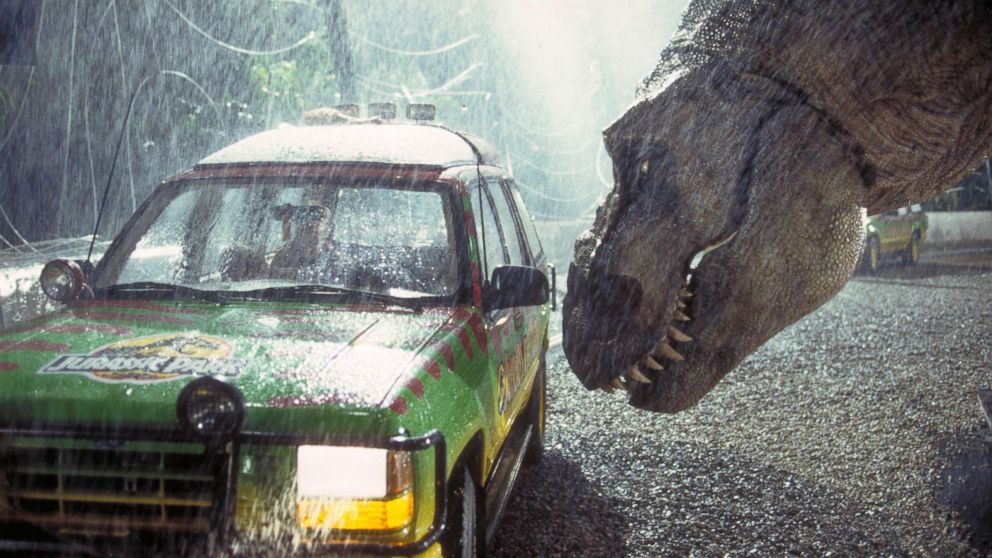
Jurassic Park (1993)
The iconic roar of the T-Rex is one of the most memorable sound effects in cinema history and was created by layering sounds of animals such as baby elephants, alligators, and tigers. The sound designers were able to make a prehistoric animal come to life through their creativity.
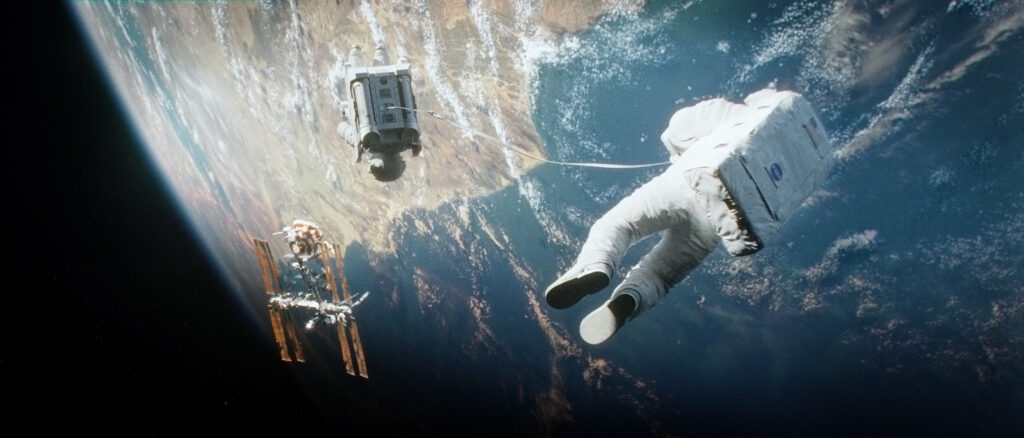
Gravity (2013)
The sound design in Gravity was used to create a sense of emptiness and isolation in the vastness of space. The score was distorted and manipulated to create a feeling of disorientation, and the lack of any sound in certain scenes added to the tension.
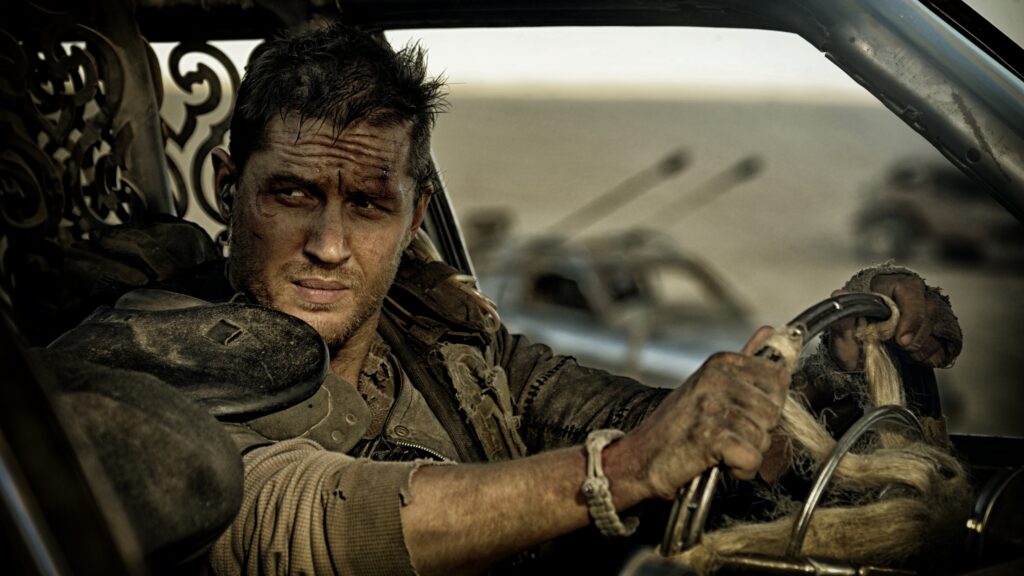
Mad Max: Fury Road (2015)
The sound design in Mad Max: Fury Road enhanced the chaotic, frenzied action on screen. The sound effects were created by using real-world sounds, such as the bear roars and whale calls, and then manipulating them to create an industrial effect that falls in line with the movie’s gritty visuals and attitude.
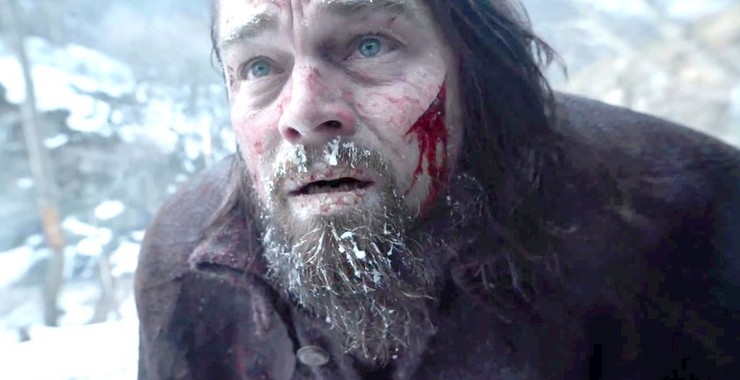
The Revenant (2015)
The Revenant utilized sound design to create an immersive, naturalistic experience for viewers. The sounds of the environment, such as the wind, water, and animals, were amplified to create a sense of being in the wilderness, and the use of silence in certain scenes makes one’s heart pound. This is a great example of natural sounds transporting you into the action.
These films, and many others, demonstrate the power of sound design in creating a memorable and immersive cinematic experience.
You’ll never hear it the same
Sound design in film is an art form that requires a keen ear, technical skill, and creativity. By paying attention to the details and using sound to enhance the story and emotional impact of a film, sound designers can create a truly immersive experience for viewers. Whether it’s the sound of a roaring T-Rex, the eerie silence of space, or the wind blowing through the wilderness, sound design can transport viewers to another world and create a truly unforgettable cinematic experience.
If you’re looking to jump-start your journey in moviemaking, look into our film funding contests! You can win up to $10,000 for your film with just a single sentence. Our goal is to provide a platform for independent filmmakers to showcase their work and gain exposure in the film industry.
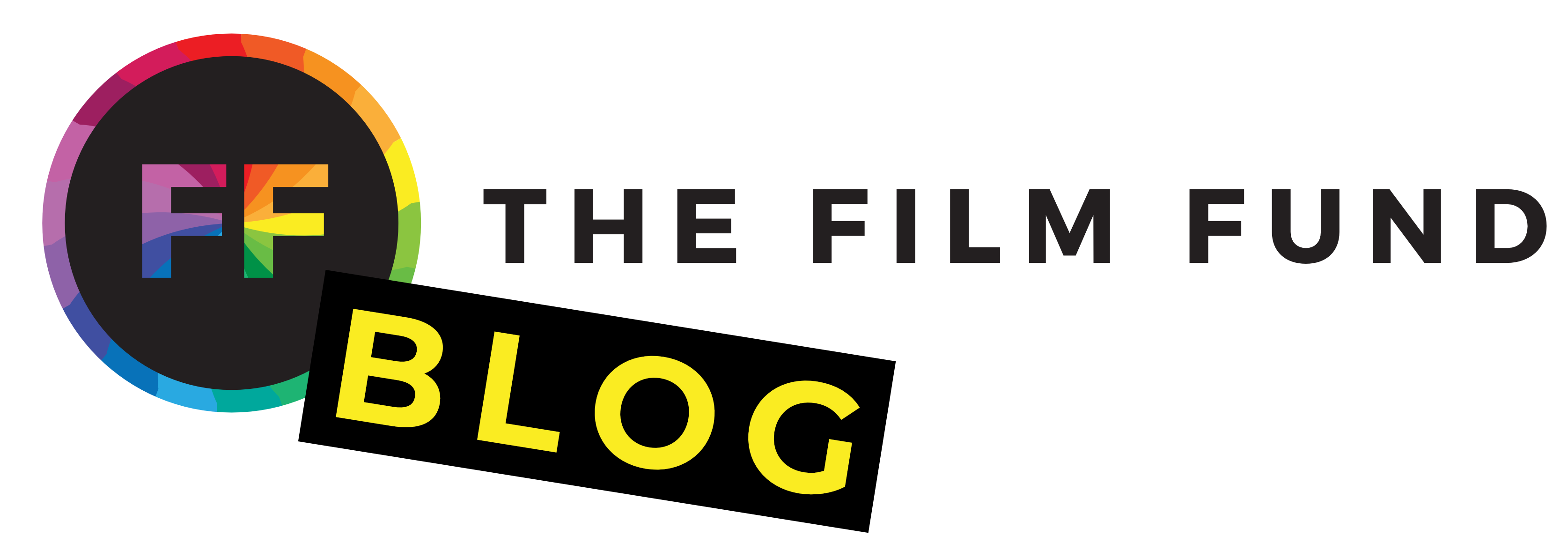
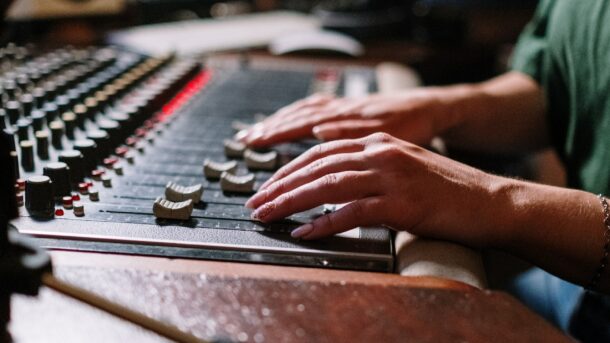
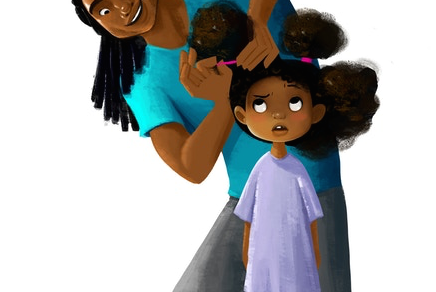

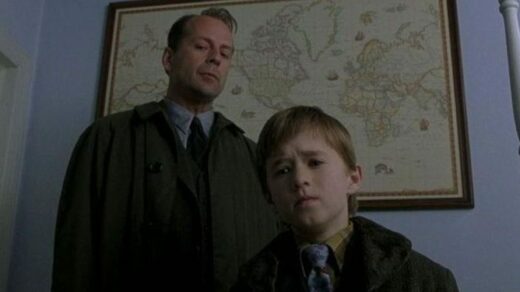
1 Response
[…] we continue into some iconic case studies, check out our other blog all about sound design in film. While not as emotional or captivating as soundtracks, sound design is still an important […]